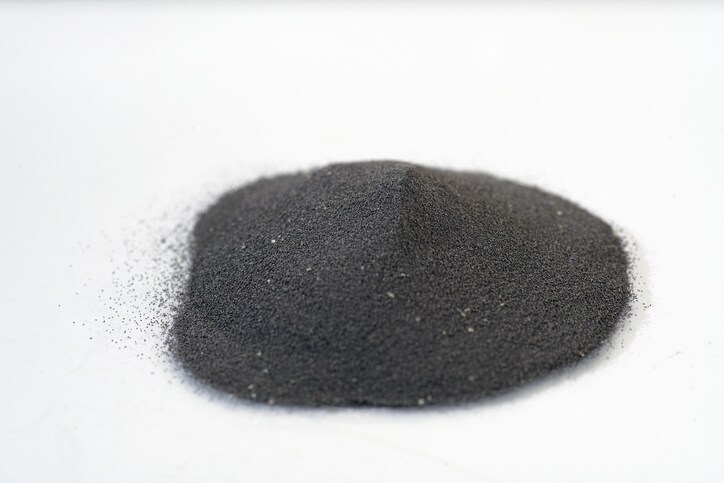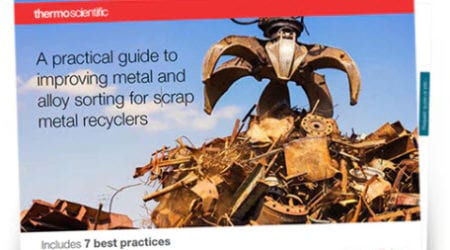 Most common metals, including iron, steel, tin, nickel, copper, aluminum, and titanium, as well as refractory metals such as tungsten, molybdenum, and tantalum, are available in powder form. Alloys such as bronze, brass, stainless steel, and nickel cobalt superalloys are also available in powder form. Metal powder formulations include some grades of stainless steel, low alloy steels, and nickel and cobalt alloys, some of which have applications in the aerospace and automotive industries.
Most common metals, including iron, steel, tin, nickel, copper, aluminum, and titanium, as well as refractory metals such as tungsten, molybdenum, and tantalum, are available in powder form. Alloys such as bronze, brass, stainless steel, and nickel cobalt superalloys are also available in powder form. Metal powder formulations include some grades of stainless steel, low alloy steels, and nickel and cobalt alloys, some of which have applications in the aerospace and automotive industries.
Many metal powders can be tailored to specific 3D printing, or additive manufacturing, technologies. Potential advantages of 3D printing with metal include simplified, faster manufacturing of improved products, and the flexibility to create these parts closer to the point of need.
It is these potential advantages that Army researchers hope to exploit to create steel alloy parts from powder. An article on the U.S. Army Research Laboratory website explains that Soldiers needing replacement parts may turn to 3-D printers in the future to rapidly deliver reliable and ultra-strong metal parts. The researchers are using an alloy originally developed by the U.S. Air Force that has been adapted to powder form. Using a method called Powder Bed Fusion, the 3-D printer’s laser selectively melts the powder in a pattern. The printer then coats the build plate with another layer of powder and the process is repeated until the part is complete.
“I think it’s going to really revolutionize logistics,” said Dr. Brandon McWilliams, a team lead in the lab’s manufacturing science and technology branch. “Additive manufacturing is going to have a huge impact on sustainment.”
“We’re able to print up parts with internal structures that they would not necessarily be able to create with that much dimensional accuracy where they try to use mill or machine part,” said Dr. Andelle Kudzal, a materials engineer on McWilliam’s team.
The laboratory is working closely with industry and academic researchers to model new alloy designs, perform computational thermodynamics and expedite the process to get the materials to Soldiers.
3D printing with metal still has limitations. According to an article on phys.org, parts produced using selective laser melting (SLM) and other powder-based metal techniques often end up with gaps or defects caused by a variety of factors. Another article on ScienceDaily.com describes efforts led by researchers from Carnegie Mellon University and Argonne National Laboratory to identify how and when tiny gas pockets form in 3D printed objects, as well as a methodology to predict their formation, a discovery that could dramatically improve the 3D printing process.
Like traditional metal manufacturing, the success of 3D printing with metal powders depends on knowing that the chemical composition of the metal being used is right for the application. Metal powders can undergo chemical composition analysis to determine the amount of metallic or non-metallic impurities (elemental form, or in dissolved form as solid solution or as compounds). Wavelength-dispersive x-ray fluorescence (WDXRF) and energy-dispersive x-ray fluorescence (EDXRF) are elemental analysis technologies that easily and positively characterize any metal powder. Laboratory-based XRF systems can evaluate all kinds of materials and sample types for qualitative and quantitative analysis for process and quality control in a variety of metallurgical applications.
Recommended reading:
New Research on 3D Printing with Titanium
3D-printed Titanium Builds Better Surgical Implants
Additional Resources:
- Download our free eBook: A Practical Guide to Improving Steel Manufacturing Processes and Production Methods
- Visit our center for Improving Steel Manufacturing Processes and Production






Leave a Reply